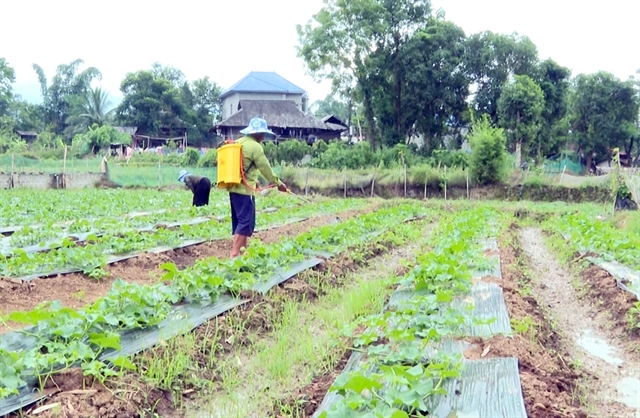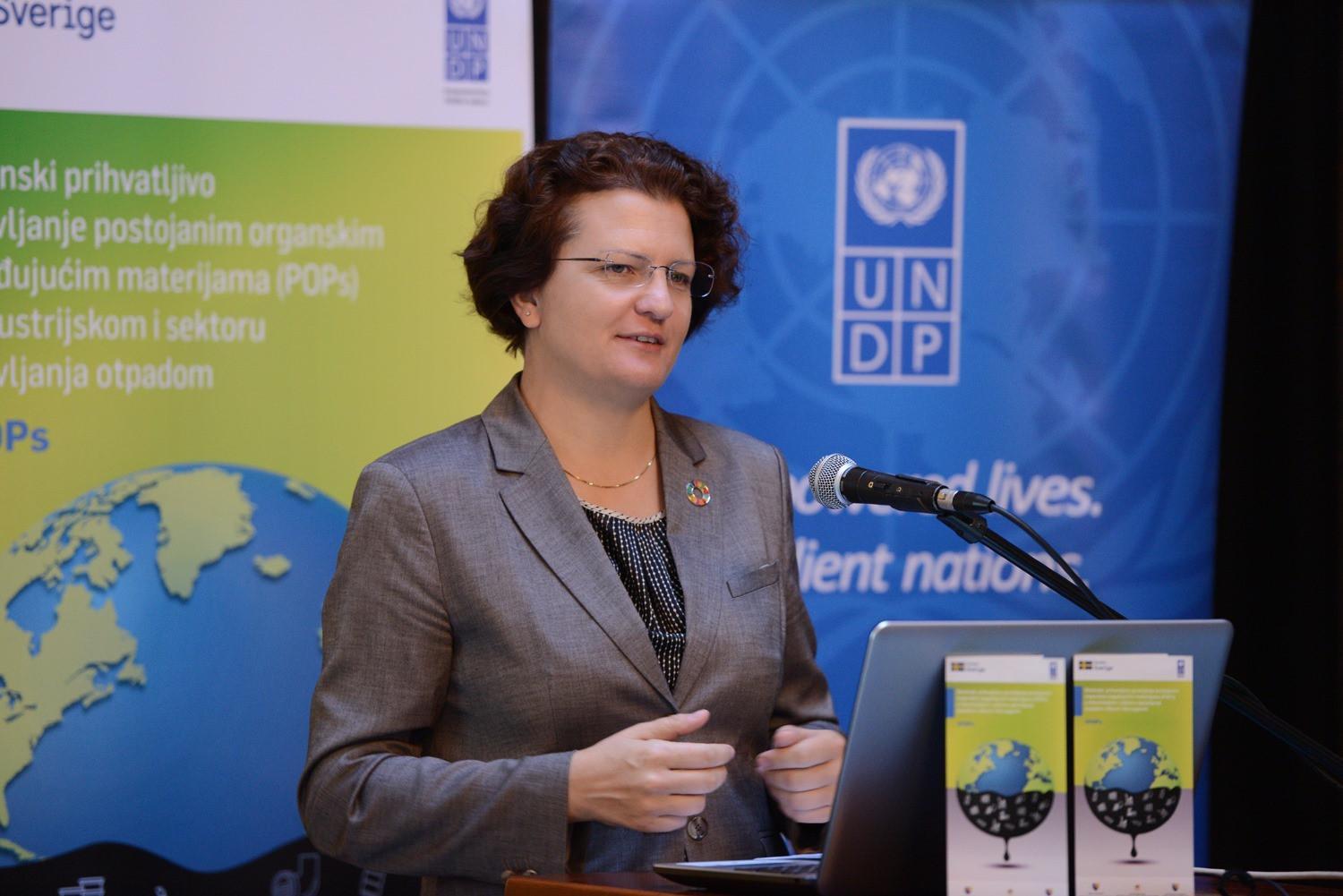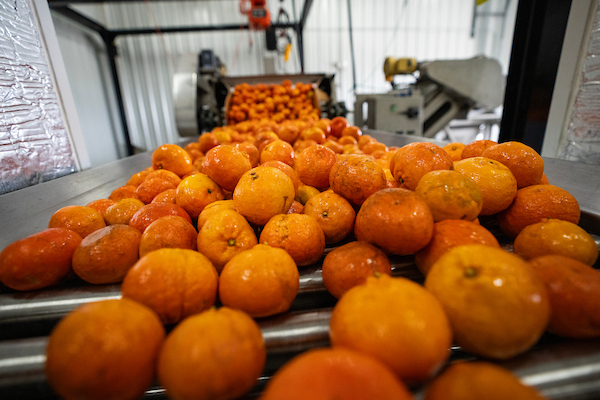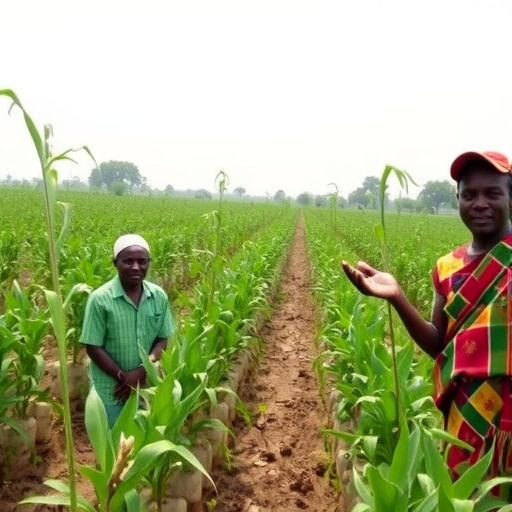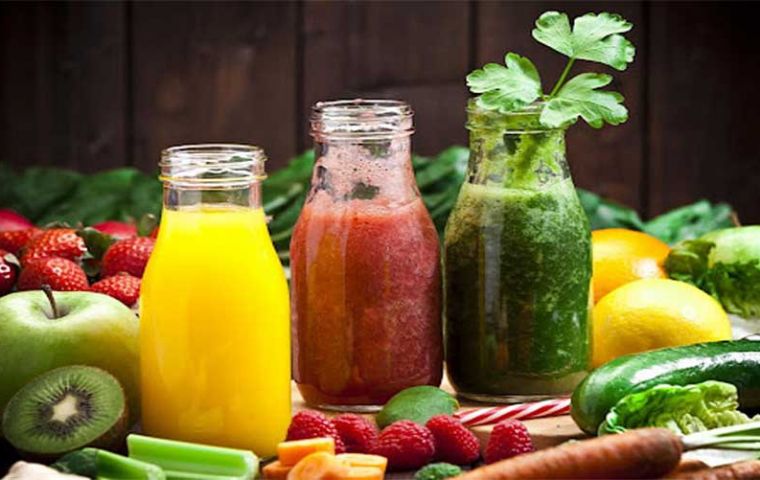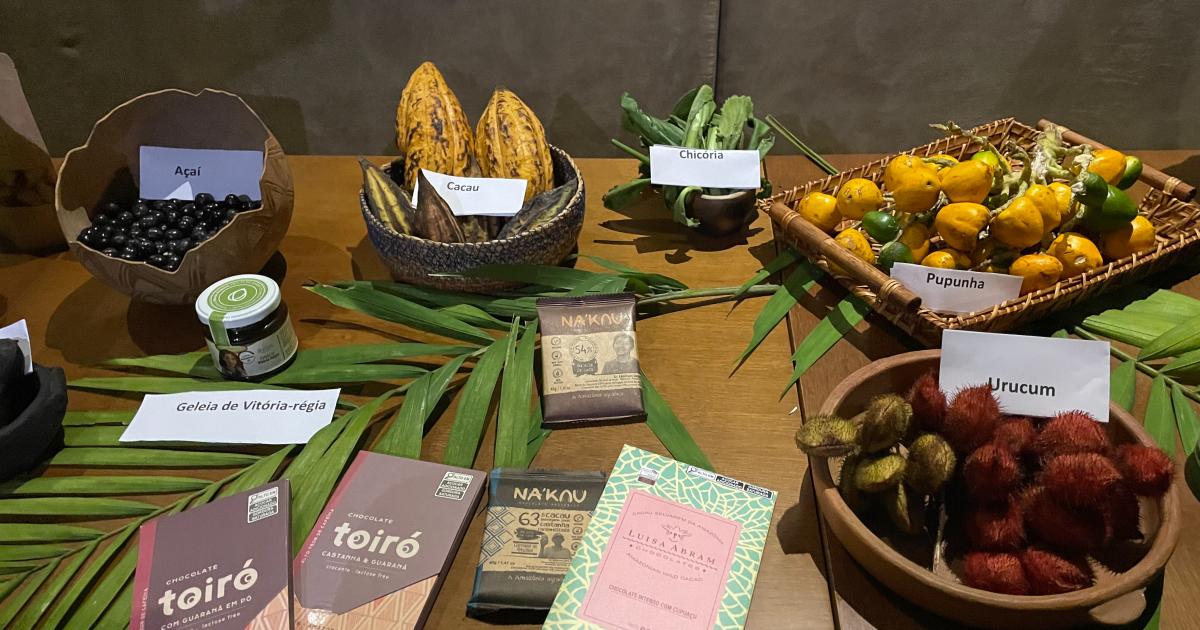Aninver supporting smallholder farmers in Panama with sustainable and inclusive growth – Consultancy.lat
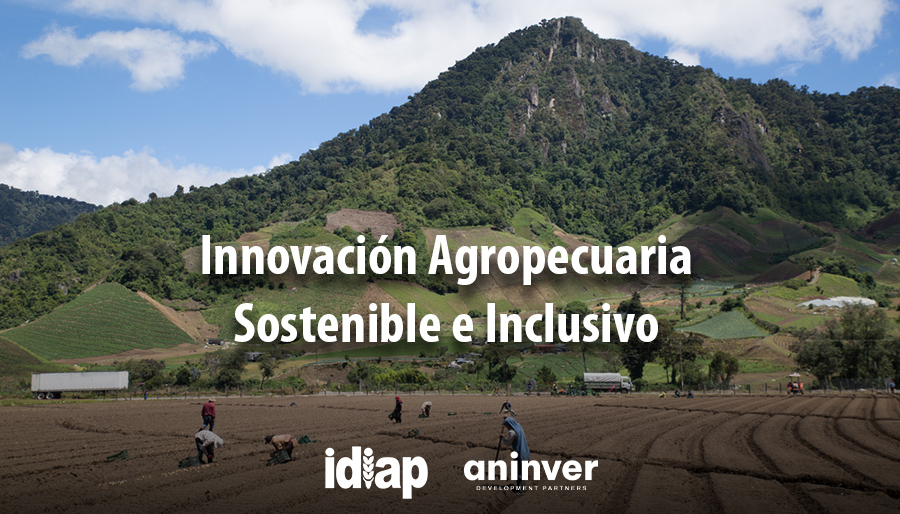
Report on the Sustainable and Inclusive Agricultural Innovation Project (PIASI) in Panama and its Contribution to the Sustainable Development Goals
1.0 Introduction
The Government of Panama, through the Agricultural Innovation Institute of Panama (IDIAP) and with financing from the Inter-American Development Bank (IDB), has initiated the Sustainable and Inclusive Agricultural Innovation Project (PIASI). This report outlines the project’s objectives, implementation strategy, and its significant alignment with the United Nations Sustainable Development Goals (SDGs). The project aims to enhance the sustainability and inclusivity of Panama’s small and medium-sized enterprise (SME) agricultural sector, with international consulting firm Aninver contracted to support program delivery.
2.0 Project Objectives and Strategic Alignment with SDGs
The primary objective of the PIASI program is to improve food security and increase the income of smallholder farmers. This directly supports a multi-faceted approach to sustainable development, targeting key economic, social, and environmental goals.
2.1 Core Pillars and SDG Contributions
The project is structured around three core pillars, each contributing to specific SDGs:
- Inclusive Market Innovation: This pillar focuses on developing business plans, reducing post-harvest losses, and improving access to higher-value chains.
- SDG 1 (No Poverty): By increasing farmer income and creating economic opportunities.
- SDG 8 (Decent Work and Economic Growth): By strengthening rural SMEs and fostering sustainable economic growth in a sector that employs 14.7% of the national workforce.
- SDG 10 (Reduced Inequalities): By targeting smallholder and family farmers, who often face economic exclusion.
- Promotion of Sustainable Farming Practices: This involves the adoption of agroecological and climate-resilient systems.
- SDG 2 (Zero Hunger): By ensuring long-term productivity and food security through sustainable agriculture.
- SDG 12 (Responsible Consumption and Production): By promoting sustainable production patterns and resource efficiency.
- SDG 13 (Climate Action): By implementing climate-resilient agricultural practices to mitigate and adapt to climate change impacts.
- SDG 15 (Life on Land): By addressing soil degradation and deforestation through agroecological methods.
- Technological Integration: This pillar aims to establish digital monitoring and data-driven tools for enhanced decision-making.
- SDG 9 (Industry, Innovation, and Infrastructure): By introducing modern technology and innovation into the agricultural sector to enhance productivity and sustainability.
3.0 Implementation and Scope
The PIASI program is strategically focused on Panama’s western provinces—Bocas del Toro, Chiriquí, and the Comarca Ngäbe Buglé. These regions exhibit significant agricultural potential but also face high levels of multidimensional poverty and vulnerability to climate change, making the project’s intervention critical for achieving SDG 1 and SDG 10.
3.1 Aninver’s Mandate and Contribution to SDG 17
The engagement of Aninver exemplifies SDG 17 (Partnerships for the Goals), creating a multi-stakeholder partnership between government (IDIAP), international finance (IDB), and the private sector. Over a 27-month period, Aninver’s responsibilities will include:
- Assisting over 5,000 smallholder farmers in transitioning to sustainable, agroecological systems.
- Training local professionals as ‘field facilitators’ to build community capacity and promote youth engagement, contributing to SDG 4 (Quality Education) and SDG 8.
- Facilitating knowledge exchange through demonstration farms and learning platforms.
- Strengthening local institutional capacity and coordination among government agencies, farmer organizations, and other stakeholders in the agricultural innovation ecosystem.
4.0 Conclusion
The PIASI program represents a comprehensive strategy to advance sustainable development in Panama. By integrating economic, social, and environmental objectives, the project is poised to make substantial contributions across a wide range of Sustainable Development Goals. Its focus on empowering smallholder farmers, promoting climate-resilient practices, and leveraging technology and partnerships provides a robust framework for building a more sustainable, inclusive, and food-secure future for Panama’s rural communities.
Analysis of the Article in Relation to Sustainable Development Goals (SDGs)
1. Which SDGs are addressed or connected to the issues highlighted in the article?
The article on the PIASI program in Panama addresses several Sustainable Development Goals (SDGs) through its focus on improving the agricultural sector. The primary goals connected to the program’s objectives are:
- SDG 1: No Poverty – The program aims to increase the income of smallholder farmers, particularly in regions with high levels of multidimensional poverty.
- SDG 2: Zero Hunger – A core objective is to improve food security. This is addressed by enhancing agricultural productivity, reducing post-harvest losses, and promoting sustainable farming.
- SDG 8: Decent Work and Economic Growth – By strengthening the agricultural sector, which employs 14.7% of Panama’s workforce, the program supports livelihoods and contributes to the nation’s economic growth. It also focuses on rural youth engagement.
- SDG 12: Responsible Consumption and Production – The initiative promotes sustainable agricultural practices and aims to reduce post-harvest losses, which aligns with sustainable production patterns.
- SDG 13: Climate Action – The program explicitly promotes the use of climate-resilient agricultural systems to combat the challenges of climate change that threaten productivity and food security.
- SDG 17: Partnerships for the Goals – The project is a multi-stakeholder collaboration involving the Panamanian government (IDIAP), an international financial institution (IDB), and a private consulting firm (Aninver), demonstrating a partnership for sustainable development.
2. What specific targets under those SDGs can be identified based on the article’s content?
Based on the activities and objectives described in the article, several specific SDG targets can be identified:
- Target 2.3: By 2030, double the agricultural productivity and incomes of small-scale food producers, in particular women, indigenous peoples, family farmers, pastoralists and fishers, including through secure and equal access to land, other productive resources and inputs, knowledge, financial services, markets and opportunities for value addition and non-farm employment.
- The article states the program’s goal is to “increase the income of smallholder farmers” and improve their “access to higher-value value chains.”
- Target 2.4: By 2030, ensure sustainable food production systems and implement resilient agricultural practices that increase productivity and production, that help maintain ecosystems, that strengthen capacity for adaptation to climate change, extreme weather, drought, flooding and other disasters and that progressively improve land and soil quality.
- The program focuses on “promoting the use of more sustainable farming practices, such as agroecological and climate-resilient systems” to address challenges like “climate change, deforestation, and soil degradation.”
- Target 1.4: By 2030, ensure that all men and women, in particular the poor and the vulnerable, have equal rights to economic resources, as well as access to basic services, ownership and control over land and other forms of property, inheritance, natural resources, appropriate new technology and financial services, including microfinance.
- The program targets “smallholder and family farmers, who… often face limited access to markets, technical assistance, and technology.”
- Target 12.3: By 2030, halve per capita global food waste at the retail and consumer levels and reduce food losses along production and supply chains, including post-harvest losses.
- A key area of focus is “reducing post-harvest losses.”
- Target 13.1: Strengthen resilience and adaptive capacity to climate-related hazards and natural disasters in all countries.
- The program promotes “climate-resilient systems” in regions identified as having “high levels of… vulnerability to climate impacts.”
- Target 17.17: Encourage and promote effective public, public-private and civil society partnerships, building on the experience and resourcing strategies of partnerships.
- The project is a partnership between a government institute (IDIAP), an international bank (IDB), and a private consulting firm (Aninver), and aims to enhance “coordination among government agencies, farmers’ organizations, and other stakeholders.”
3. Are there any indicators mentioned or implied in the article that can be used to measure progress towards the identified targets?
Yes, the article mentions or implies several quantitative and qualitative indicators that can be used to measure the program’s progress:
- Number of smallholder farmers supported: The article explicitly states the program will assist “more than 5,000 smallholder farmers.” This is a direct indicator of the program’s reach.
- Increase in income of smallholder farmers: While not quantified, the stated goal to “increase the income of smallholder farmers” implies that changes in farmer income will be a key metric for success.
- Adoption of sustainable agricultural practices: Progress can be measured by the number or percentage of the 5,000 farmers who are “transitioning to sustainable, agroecological systems.”
- Reduction in post-harvest losses: The focus on this area implies that a reduction in the volume or percentage of post-harvest losses will be measured.
- Number of professionals trained: The plan to “train local professionals to serve as ‘field facilitators’” provides a measurable indicator of capacity building.
- Level of youth engagement: The goal to “promote youth engagement in rural development” suggests that the number of young people participating in training and business development will be tracked.
- Enhanced productivity: The aim of “enhancing productivity” implies that metrics such as crop yield per hectare will be used to evaluate the impact of new technologies and practices.
4. SDGs, Targets, and Indicators Table
| SDGs | Targets | Indicators (Mentioned or Implied in the Article) |
|---|---|---|
| SDG 1: No Poverty | 1.4: Ensure the poor and vulnerable have equal rights to economic resources and access to technology. | – Increase in income of smallholder farmers. – Number of farmers in high-poverty regions receiving support. |
| SDG 2: Zero Hunger | 2.3: Double the agricultural productivity and incomes of small-scale food producers. 2.4: Ensure sustainable food production systems and resilient agricultural practices. |
– Number of smallholder farmers supported (over 5,000). – Increase in agricultural productivity (e.g., yield). – Number of farms transitioning to sustainable, agroecological systems. |
| SDG 8: Decent Work and Economic Growth | 8.6 (Implied): Reduce the proportion of youth not in employment, education or training. | – Number of rural youth engaged in training and business development. |
| SDG 12: Responsible Consumption and Production | 12.3: Halve per capita global food waste and reduce food losses, including post-harvest losses. | – Percentage or volume reduction in post-harvest losses. |
| SDG 13: Climate Action | 13.1: Strengthen resilience and adaptive capacity to climate-related hazards. | – Number of farms adopting climate-resilient systems. |
| SDG 17: Partnerships for the Goals | 17.17: Encourage and promote effective public, public-private and civil society partnerships. | – Establishment of coordination mechanisms between government, farmers’ organizations, and private sector. – Successful implementation of the IDIAP-IDB-Aninver partnership. |
Source: consultancy.lat
What is Your Reaction?
 Like
0
Like
0
 Dislike
0
Dislike
0
 Love
0
Love
0
 Funny
0
Funny
0
 Angry
0
Angry
0
 Sad
0
Sad
0
 Wow
0
Wow
0





















































